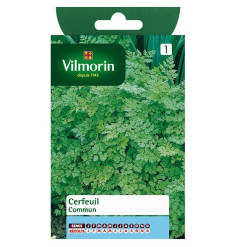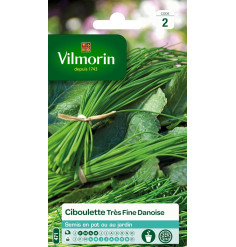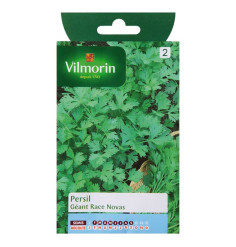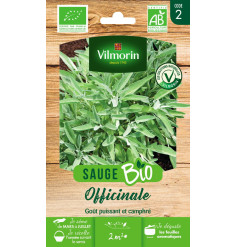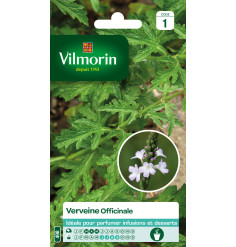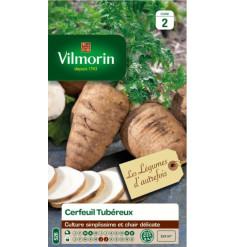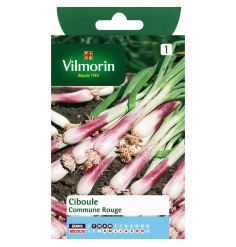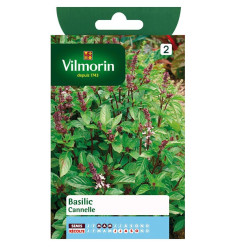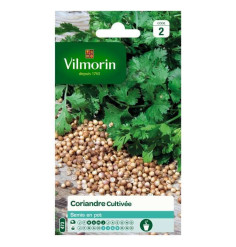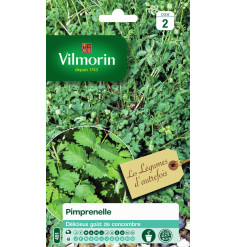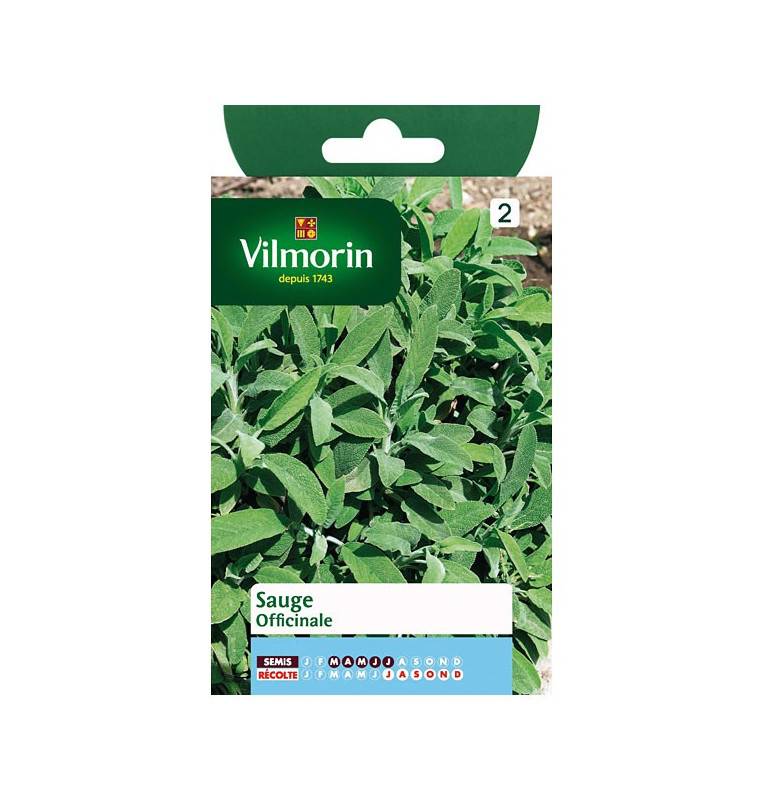

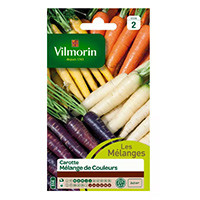
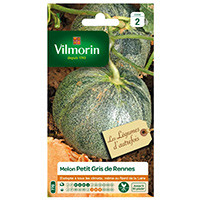
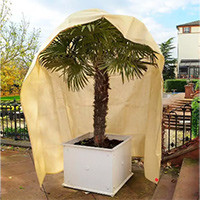

Few plants have such a universal reputation. Sage is, from China to Europe, used since ancient times as much as an aroma as for its medicinal virtues. Sage helps to deliciously flavour white meats.
Description:
Few plants have such a universal reputation. Sage is, from China to Europe, used since ancient times as much as an aroma as for its medicinal virtues. Sage helps to deliciously flavour white meats.
Culinary tip:
Sage helps to deliciously flavour white meats.
Soil tip:
To prevent sage from invading crop rows, plant it on the edge or in an appropriate location. Sage likes sunny exposure.
Culture advice:
1. Sows: Sow from March to July in pots or planters with a well-exposed situation and cut the soil.
2. Transplanting: In the fall, replant the strongest plants still in pots.
3. Harvest: Harvest the leaves the year after planting, from July to December. You can grow sage directly in your garden by sowing a plant every 30 cm.
Plants:
Sage likes the proximity of cabbage because it wards off parasites and strengthens their taste.
The stages of sowing:



Few plants have such a universal reputation. Sage is, from China to Europe, used since ancient times as much as an aroma as for its medicinal virtues. Sage helps to deliciously flavour white meats.


